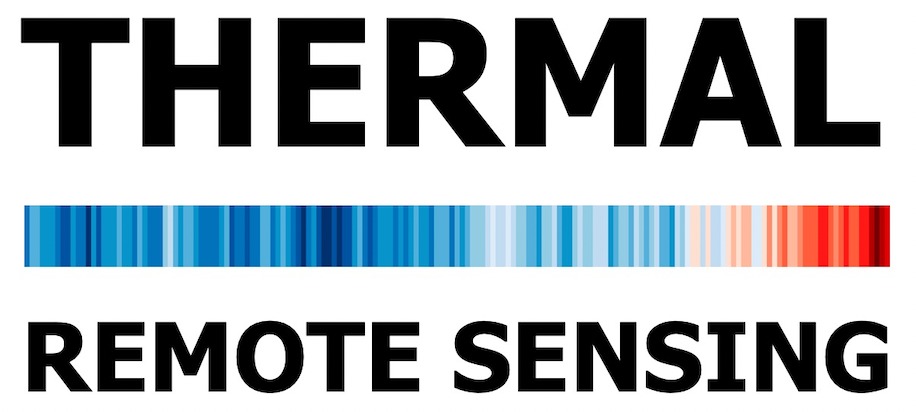NASA JPL have two postdoc positions open:
- https://citjpl.wd5.myworkdayjobs.com/Jobs/job/JPL-Campus/Postdoc–Earth-Surface-and-Interior_R5008
- https://citjpl.wd5.myworkdayjobs.com/en-US/Jobs/job/JPL-Campus/Postdoc–Urban-Land-Cover-and-Land-Use-Change_R5048 The rapid growth of urban settlements, combined with climate change and the urban heat island effect, has increased the risk of extreme heat exposure. For example, in the Indian subcontinent, fast-developing cities have experienced a significant rise in the frequency, intensity, and duration of heatwaves, posing a threat to nearly a billion people who regularly experience temperatures exceeding 100F during summers. Current global estimates of heat exposure underestimate the risk to urban residents due to high thermal variability within cities. Therefore, there is an urgent need of characterizing where urban growth and extreme heat emergence intersects at an intra-urban high spatial resolution.The project team is searching for a postdoc who will use a combination of thermal infrared Earth observation data from the VIIRS, ECOSTRESS, and Landsat sensors, combined with visible shortwave infrared data to answer a set of key science questions related to the intersection of urban growth and extreme heat emergence for the Indian subcontinent: What is the impact of heatwaves (large-scale advective driven) versus the urban heat island (local-scale convective driven) on the intra-urban thermal footprint of each city?From city growth over the past decade (from 2013-2023), where does rapid urban growth and extreme heat emergence intersect in each of the cities? What are the dominant thermal properties of different urban LCLU classes that contribute to the day and nighttime surface urban heat island effect?
HydroSat is looking for a data engineer:
https://apply.workable.com/hydrosat/j/DF650F0C29
Several companies have currently several job openings.
This is certainly not all! If you know of any open position related to thermal remote sensing, let us know!

